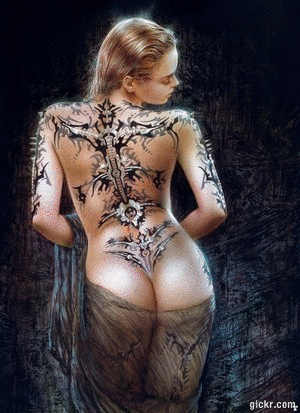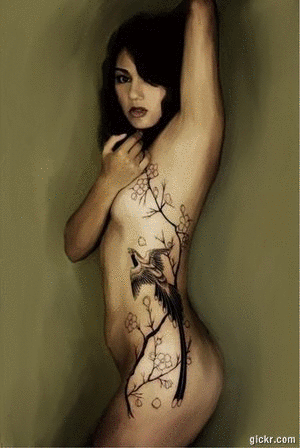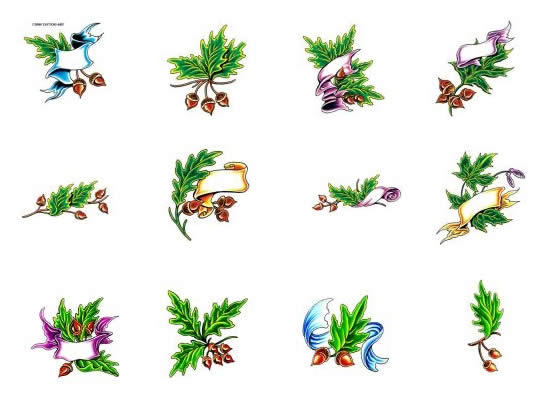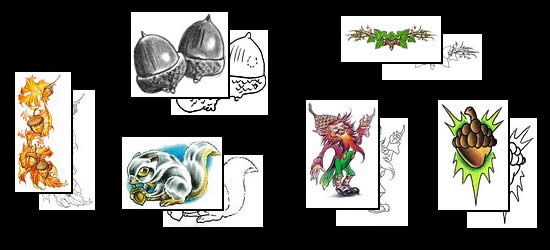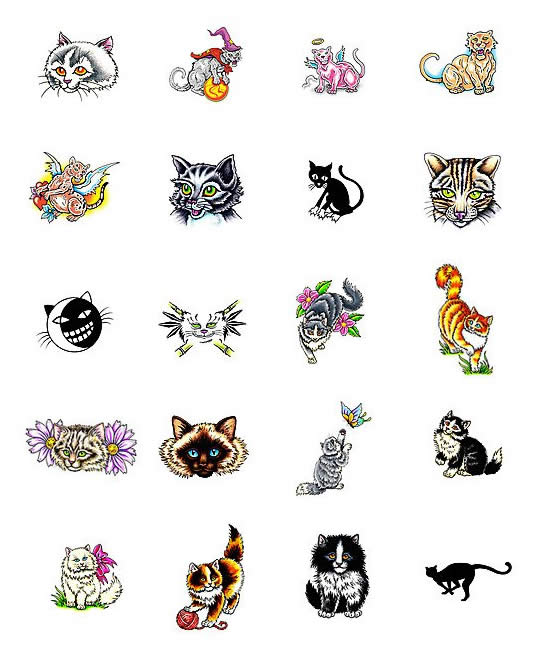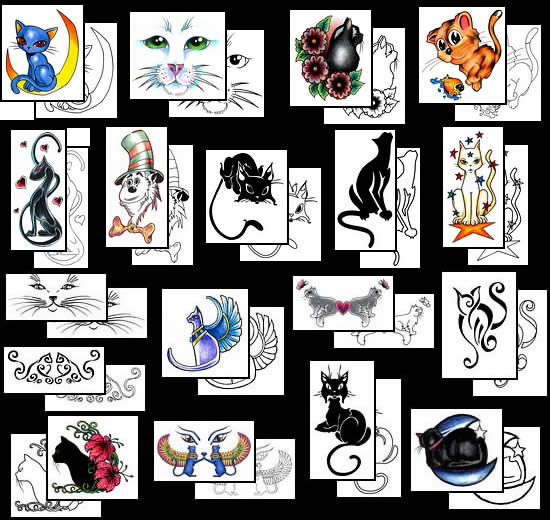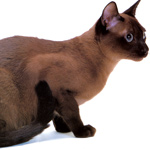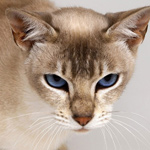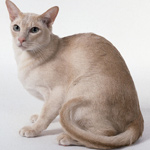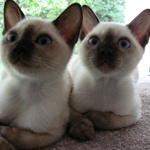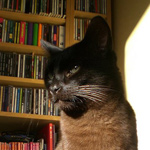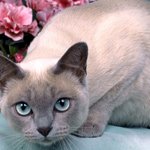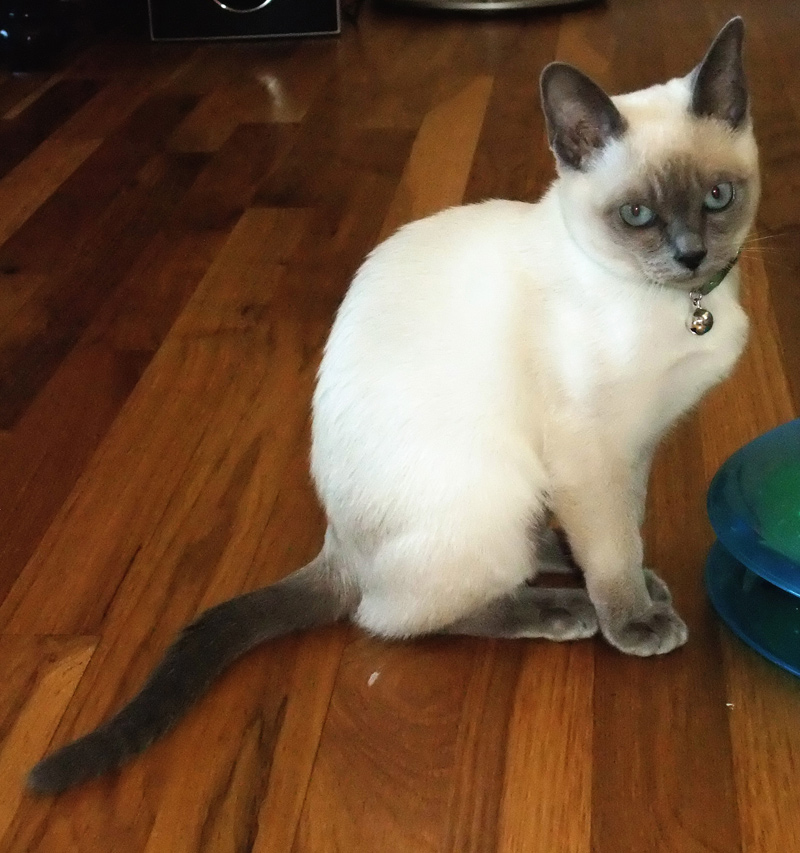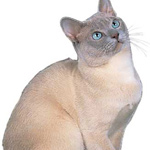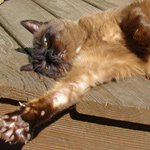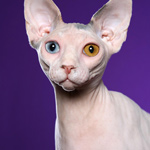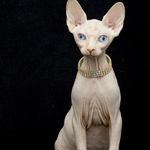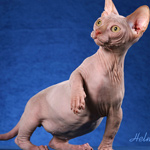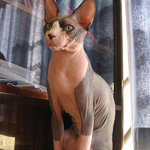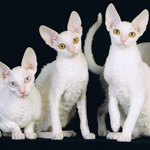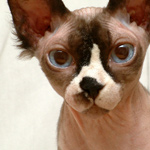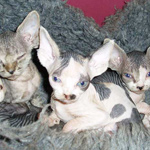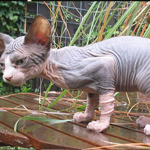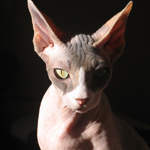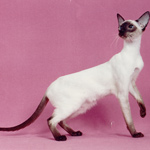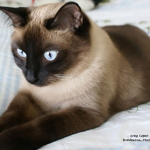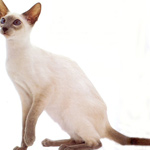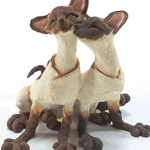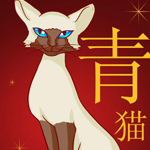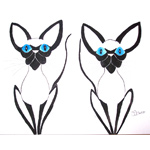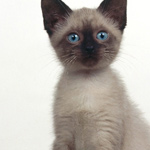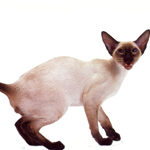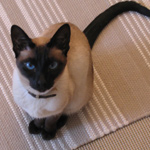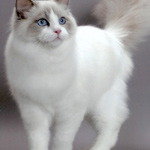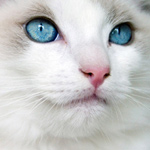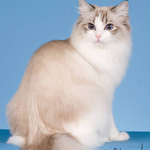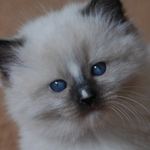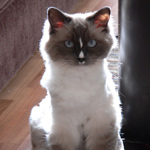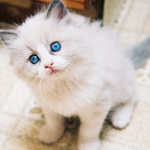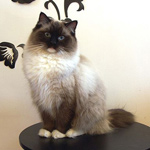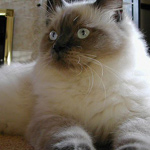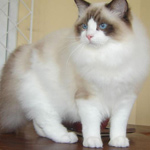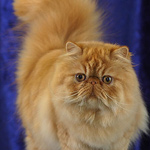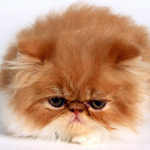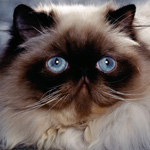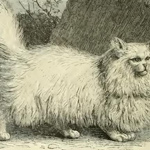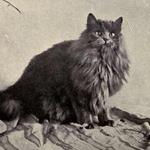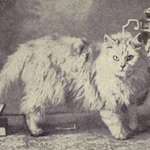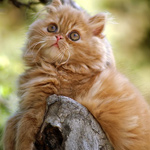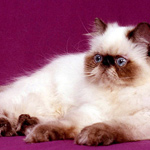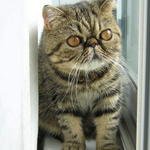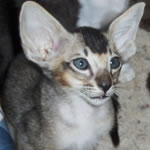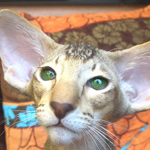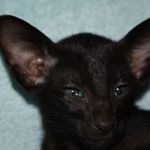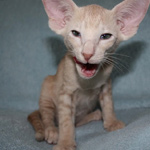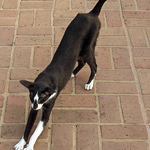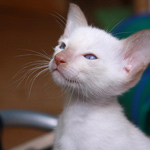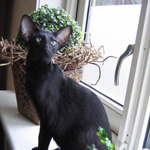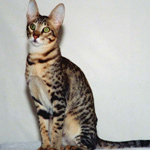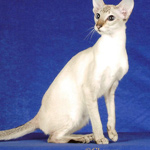"Mighty oaks from little acorns grow." The acorn has long been valued for its potential strength and virility, and was a widespread symbol of regeneration. From the little acorn springs the mighty oak, prompting various cultures to see in it the qualities of fecundity and patience, and urging those who start small projects to persevere.In ancient cultures, the acorn was taken as a talisman to ward off evil spirits. In Britain, to carry around an acorn meant long life, good luck, and guidance when lost. Old English folklore says that a woman who carried an acorn on her person kept wrinkles at bay. For Thor, the Norse god of thunder, the oak was sacred because it withstood lightning strikes. The acorn subsequently became associated with protection from storms. Keeping an acorn on the window sill was recommended for just this purpose.
Get ideas for your next tattoo by checking out our huge list of the world's most popular tattoo designs and symbols and their meanings
- All
- Category 1
- Category 2
-
Categories
- Abyssinian Cat Tattoos (1)
- Acorn Tattoo Designs (1)
- Birman Cat Tattoos (1)
- Cat Tattoo Designs (1)
- Exotic Shorthair Cat Tattoos (1)
- Maine Con Cat Tattoos (1)
- Oriental Cat Tattoos (1)
- Persian Cat Tattoos (1)
- Ragdoll Cat Tattoos (1)
- Siamese Cat Tattoos (1)
- Sphynx Cat Tattoos (1)
- Tonkinese Cat Tattoos (1)
|
|
|---|
Cat Tattoo Designs
For the sailor, the cat was a symbol of good luck, and accepted as a valued member of the crew for its ability to keep the rodent population down. For its highly sensitive radar system, the cat was used by the British in both World Wars. It could detect poisonous gas before humans could, hence its value in trench warfare. In WW2, cats are reported to have detected air raids in advance of defense technology. Their hair standing on end, they hissed and screeched and ran for cover.
Tonkinese Cat Tattoos
Tonkinese are a medium-sized cat breed distinguished by points as with Siamese and Burmese breeds. They are lively, friendly, often talkative cats, with gregarious personalities. But they are happy apartment cats if they have some exercise opportunity. They are commonly referred to as "Tonks". As with many cat breeds, the exact history of the Tonkinese varies to some degree depending on the historian.
Tonkinese cats are a recent cross between the Siamese and Burmese cat breeds, although some assert that Tonkinese-like cats have existed since at least the early 1800s, and the founding cat of the Burmese breed was probably a mink hybrid-colored cat named "Wong Mau," a small walnut colored cat imported to California by Dr. Joseph Cheesman Thompson in 1930. Some claim that the appearance of the breed is closer to the original appearance of the Siamese, before Siamese breeders developed today's triangular head and very leggy body. The name is not related to the Tonkin region of Indochina. When the breed was first established in Canada, the breed name was actually spelled "Tonkanese," which was a reference to the island in the musical South Pacific where "half-breeds" suffered no discrimination. The mistaken idea that the name was a geographical reference paralleling the Siamese and Burmese breed names resulted in a gradual switch to the current spelling, under which the breed was recognized by the US registering associations.
Tonkinese cats are a recent cross between the Siamese and Burmese cat breeds, although some assert that Tonkinese-like cats have existed since at least the early 1800s, and the founding cat of the Burmese breed was probably a mink hybrid-colored cat named "Wong Mau," a small walnut colored cat imported to California by Dr. Joseph Cheesman Thompson in 1930. Some claim that the appearance of the breed is closer to the original appearance of the Siamese, before Siamese breeders developed today's triangular head and very leggy body. The name is not related to the Tonkin region of Indochina. When the breed was first established in Canada, the breed name was actually spelled "Tonkanese," which was a reference to the island in the musical South Pacific where "half-breeds" suffered no discrimination. The mistaken idea that the name was a geographical reference paralleling the Siamese and Burmese breed names resulted in a gradual switch to the current spelling, under which the breed was recognized by the US registering associations.
Sphynx Cat Tattoos
The Sphynx (also known as Canadian Hairless) is a rare breed of cat known for its lack of a coat.
While Sphynx cats lack a coat to shed or groom, they are not maintenance-free. Body oils, which would normally be absorbed by the hair, tend to build up on the skin. As a result, regular cleaning (usually in the form of bathing) is necessary; one bath a week is usually sufficient. Care should be taken to limit the Sphynx cat's exposure to outdoor sunlight at length, as they can develop a sunburn, similar to that of human exposure. In general, Sphynx cats should never be allowed outdoors unattended, as they have limited means to conserve body heat in colder temperatures. Their curious nature can take them into dangerous places or situations
Although Sphynx cats are sometimes thought to be hypoallergenic due to their lack of coat, this is not always the case. Allergies to cats are triggered by a protein called Fel d1, not cat hair itself. Fel d1 is a tiny and sticky protein primarily found in cat saliva and sebaceous glands. Those with cat allergies may react worse to direct contact with Sphynx cats than other breeds. However, conflicting reports of some people successfully tolerating Sphynx cats also exist.
While Sphynx cats lack a coat to shed or groom, they are not maintenance-free. Body oils, which would normally be absorbed by the hair, tend to build up on the skin. As a result, regular cleaning (usually in the form of bathing) is necessary; one bath a week is usually sufficient. Care should be taken to limit the Sphynx cat's exposure to outdoor sunlight at length, as they can develop a sunburn, similar to that of human exposure. In general, Sphynx cats should never be allowed outdoors unattended, as they have limited means to conserve body heat in colder temperatures. Their curious nature can take them into dangerous places or situations
Although Sphynx cats are sometimes thought to be hypoallergenic due to their lack of coat, this is not always the case. Allergies to cats are triggered by a protein called Fel d1, not cat hair itself. Fel d1 is a tiny and sticky protein primarily found in cat saliva and sebaceous glands. Those with cat allergies may react worse to direct contact with Sphynx cats than other breeds. However, conflicting reports of some people successfully tolerating Sphynx cats also exist.
Siamese Cat Tattoos
The Siamese is one of the first distinctly recognized breeds of Oriental cat. The exact origins of the breed are unknown, but it is believed to be from Southeast Asia, and is said to be descended from the sacred temple cats of Siam (now Thailand). In Thailand, where they are one of several native breeds, they are called Wichien-maat (a name meaning "Moon diamond"). In the twentieth century the Siamese cat became one of the most popular breeds in Europe and North America.
Siamese are affectionate and intelligent cats, renowned for their social nature. They enjoy being with people and are sometimes described as "extroverts". As there are extrovert siamese, there also are very sensitive and nervous temperaments, which are not easily adapted to the changes of environment or to strangers. They are extremely vocal, with a loud, low-pitched voice – known as "Meezer", from which they get one of their nicknames – that has been compared to the cries of a human baby, and persistent in demanding attention. They also have a great need for human companionship. Often they bond strongly to a single person. These cats are typically active and playful, even as adults.
The social orientation of Siamese cats may be related to their lessened ability to live independent of humans. Siamese coat coloration is appealing to humans, but is ineffective for camouflage purposes. They are less active at night than most cats, possibly because their blue eyes lack a tapetum lucidum, a structure which amplifies dim light in the eyes of other cats. Like blue-eyed white cats, they may also have reduced hearing ability, though most are not deaf; indeed, Siamese are known for being an exception to the rule of thumb that white cats with blue eyes are deaf. Regardless, being dependent on humans may have been a survival trait for ancestors of the Siamese.
Siamese are affectionate and intelligent cats, renowned for their social nature. They enjoy being with people and are sometimes described as "extroverts". As there are extrovert siamese, there also are very sensitive and nervous temperaments, which are not easily adapted to the changes of environment or to strangers. They are extremely vocal, with a loud, low-pitched voice – known as "Meezer", from which they get one of their nicknames – that has been compared to the cries of a human baby, and persistent in demanding attention. They also have a great need for human companionship. Often they bond strongly to a single person. These cats are typically active and playful, even as adults.
The social orientation of Siamese cats may be related to their lessened ability to live independent of humans. Siamese coat coloration is appealing to humans, but is ineffective for camouflage purposes. They are less active at night than most cats, possibly because their blue eyes lack a tapetum lucidum, a structure which amplifies dim light in the eyes of other cats. Like blue-eyed white cats, they may also have reduced hearing ability, though most are not deaf; indeed, Siamese are known for being an exception to the rule of thumb that white cats with blue eyes are deaf. Regardless, being dependent on humans may have been a survival trait for ancestors of the Siamese.
Ragdoll Cat Tattoos
The Ragdoll is a cat breed with blue eyes and a distinct colorpoint coat. It is a large and muscular semi-longhair cat with a soft and silky coat. Developed by controversial American breeder Ann Baker, it is best known for its docile and placid temperament and affectionate nature. The name "Ragdoll" is derived from the tendency of individuals from the original breeding stock to go limp and relaxed when picked up.
The docile and floppy nature of the Ragdoll is a characteristic thought to be passed down from the Persian and Birman breed. There are contrary statements on whether this trait might be the result of genetic mutation. The extreme docility of some individuals have led to the myth that Ragdolls are pain-resistant. Some breeders in Britain have tried to breed away from the limpness due to concerns that extreme docility "might not be in the best interests of the cat". Breed standards describe the Ragdoll as affectionate, intelligent, relaxed in temperament, gentle and easy to handle.
The docile and floppy nature of the Ragdoll is a characteristic thought to be passed down from the Persian and Birman breed. There are contrary statements on whether this trait might be the result of genetic mutation. The extreme docility of some individuals have led to the myth that Ragdolls are pain-resistant. Some breeders in Britain have tried to breed away from the limpness due to concerns that extreme docility "might not be in the best interests of the cat". Breed standards describe the Ragdoll as affectionate, intelligent, relaxed in temperament, gentle and easy to handle.
Persian Cat Tattoos
The Persian is a longhaired cat characterized by its round face and shortened muzzle. One of the oldest cat breed, it takes its name from its place of origin, Persia (Iran). Recognized by the cat fancy since the late 19th century, it was developed first by the English, and then mainly by American breeders after the Second World War. In Britain, it is called the Longhair or Persian Longhair.
The selective breeding carried out by breeders has allowed the development of a wide variety of coat colors, but has also led to the creation of increasingly flat-faced Persians. Favored by fanciers, this head structure can bring with it a number of health problems. Like the case with the Siamese breed, there has been efforts by some breeders to developed the older type cats with a more pronounced muzzle, which is more popular with the general public. The hereditary polycystic kidney disease is prevalent in the breed, affecting almost half the population in some countries.
The Persian is generally described as a quite cat. Homely and placid, it adapts well to apartment life. Himalayans tend to be more active due to the influence of the Siamese. One study compared cat owners' perception of their cats and Persians rated higher than non-pedigree cats on closeness and affection to owners, friendliness towards strangers, cleanliness, predictability, vocalization and fussiness over food.
The selective breeding carried out by breeders has allowed the development of a wide variety of coat colors, but has also led to the creation of increasingly flat-faced Persians. Favored by fanciers, this head structure can bring with it a number of health problems. Like the case with the Siamese breed, there has been efforts by some breeders to developed the older type cats with a more pronounced muzzle, which is more popular with the general public. The hereditary polycystic kidney disease is prevalent in the breed, affecting almost half the population in some countries.
The Persian is generally described as a quite cat. Homely and placid, it adapts well to apartment life. Himalayans tend to be more active due to the influence of the Siamese. One study compared cat owners' perception of their cats and Persians rated higher than non-pedigree cats on closeness and affection to owners, friendliness towards strangers, cleanliness, predictability, vocalization and fussiness over food.
Oriental Cat Tattoos
Oriental Shorthairs are intelligent, social animals who bond very closely to their people. They are inquisitive, friendly, emotional, demanding and often quite vocal. They will depend and trust you forever if you love and take care of them. Pur can be extremely loud when happy. Amazing cat to have if you want a loving, friendly, and social cat. All though they may not be the cutest and rat like; they are amazing cats.
The Oriental Shorthair is a self-coloured (non-pointed) member of the Siamese Family. They can be found in solid colors (white, red, cream, ebony, blue, chestnut, lavender, cinnamon, or fawn), smoke (white undercoat to any of the above except white), shaded (only the hair tips colored), parti-color (red or cream splashes on any of the above), tabby (mackerel/striped, ticked, spotted, and blotched/classic), and bi-colored (any of the above, with white). In total, there are over 300 color and pattern combinations possible. Though in CFA, pointed cats from Oriental Shorthair parents are considered AOV (Any Other Variety), in TICA, as well as in the majority of worldwide Cat Associations, these cats are considered to be, and compete as, Siamese.
Oriental Shorthairs have expressive, almond-shaped eyes, a wedge-shaped head with large ears that fit in the wedge of the head. Their bodies are very elegant yet muscular. When seeing an Oriental Shorthair, one would never guess them to be as solid as they are.
The longhaired version of the Oriental Shorthair, Oriental Longhair, simply carries a pair of the recessive long hair gene.
The Oriental Shorthair is a self-coloured (non-pointed) member of the Siamese Family. They can be found in solid colors (white, red, cream, ebony, blue, chestnut, lavender, cinnamon, or fawn), smoke (white undercoat to any of the above except white), shaded (only the hair tips colored), parti-color (red or cream splashes on any of the above), tabby (mackerel/striped, ticked, spotted, and blotched/classic), and bi-colored (any of the above, with white). In total, there are over 300 color and pattern combinations possible. Though in CFA, pointed cats from Oriental Shorthair parents are considered AOV (Any Other Variety), in TICA, as well as in the majority of worldwide Cat Associations, these cats are considered to be, and compete as, Siamese.
Oriental Shorthairs have expressive, almond-shaped eyes, a wedge-shaped head with large ears that fit in the wedge of the head. Their bodies are very elegant yet muscular. When seeing an Oriental Shorthair, one would never guess them to be as solid as they are.
The longhaired version of the Oriental Shorthair, Oriental Longhair, simply carries a pair of the recessive long hair gene.
Subscribe to:
Posts (Atom)


